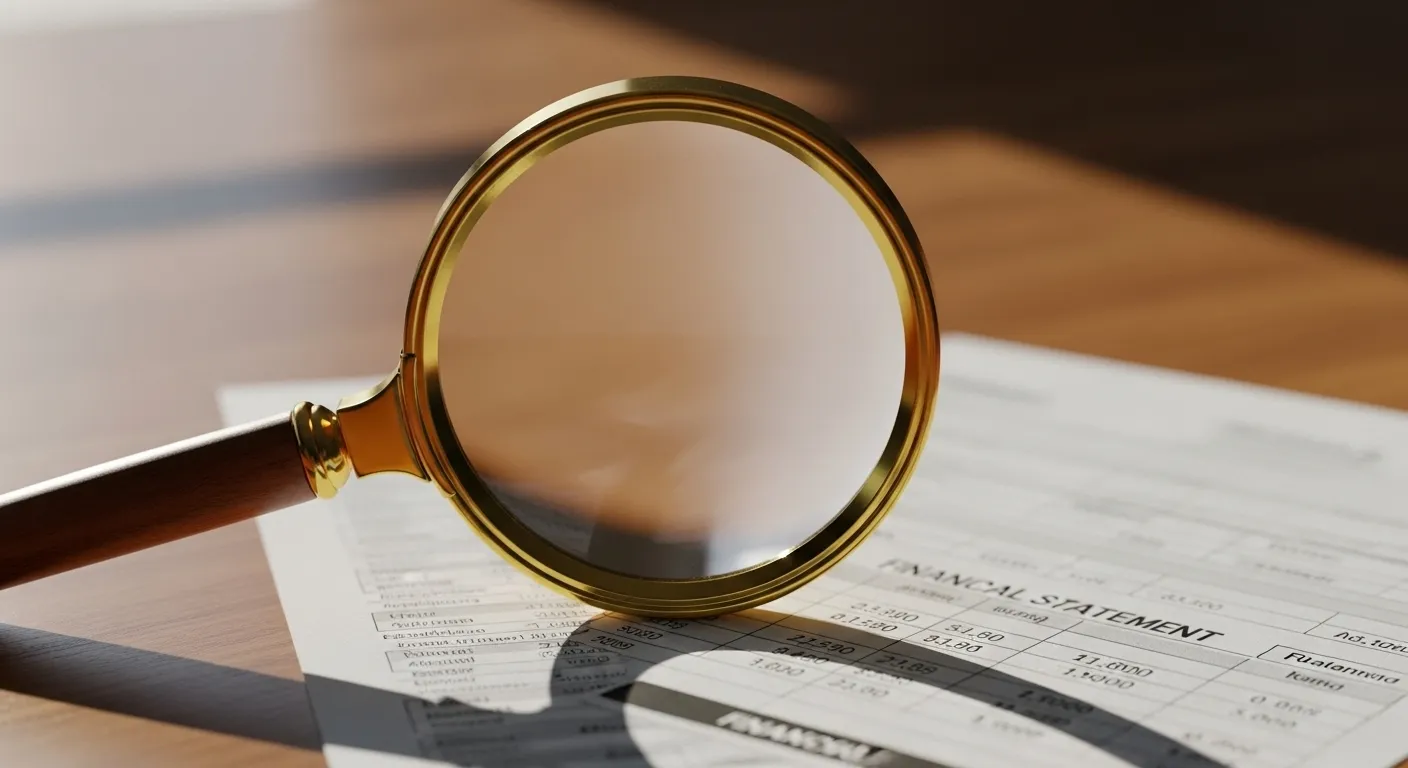
Introduction: Taking Control of Your Finances in Retirement
Managing your money in retirement is all about making every dollar count. When you’re living on a fixed income from Social Security, a pension, and your savings, there’s little room for wasteful expenses. Yet, many seniors find their hard-earned money slowly disappearing, not due to big purchases, but because of small, recurring bank fees. A $12 monthly service charge here, a $3 ATM fee there—it all adds up, potentially costing you hundreds of dollars per year that could have been spent on groceries, healthcare, or family.
The good news is that you have the power to stop this quiet drain on your resources. Understanding where these fees come from and what steps to take can put you back in control of your finances. This guide is designed to demystify the world of senior banking and provide you with clear, actionable strategies to eliminate pesky hidden charges. Protecting your nest egg starts with managing your most basic financial tool: your bank account. Let’s explore how you can keep more of your money where it belongs—with you.
















